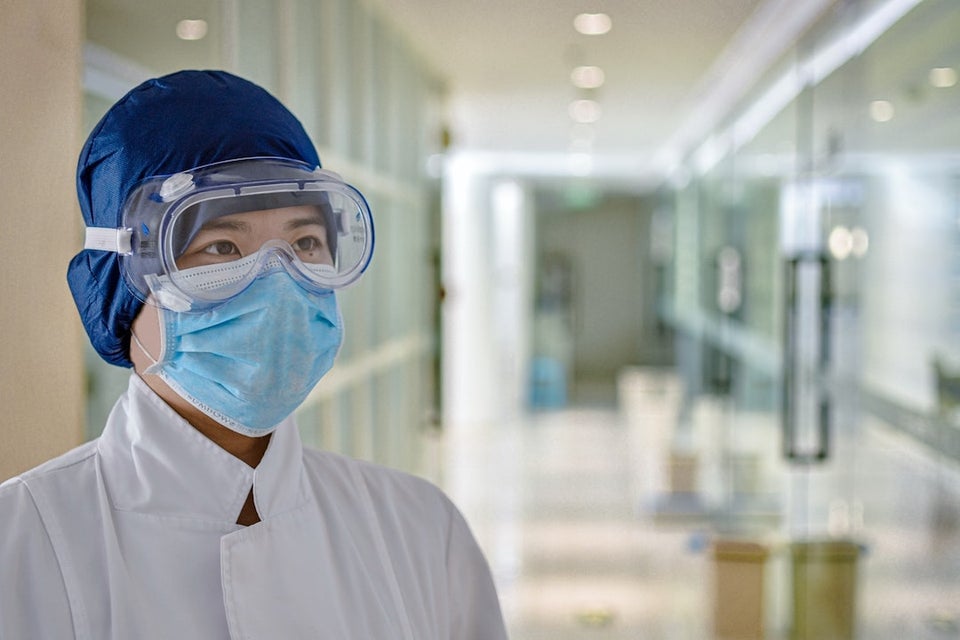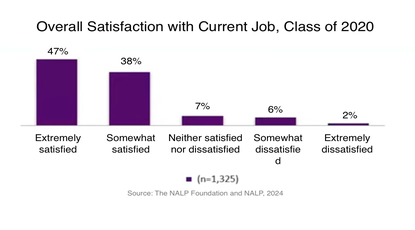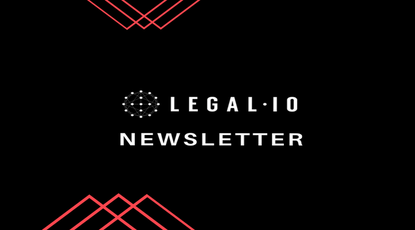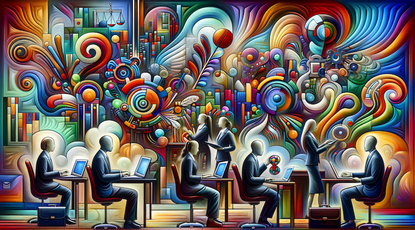Copyright, and intellectual property law in general, significantly constrain on our ability to create all kinds of things. When these constraints introduce barriers to the distribution of goods that protect our health, they deserve particular scrutiny.
In general, the protection of designs is an area that is rife with misconception. Here are some statements from websites of pattern designers and other entities that perpetuate legal falsehoods, or are at the very least unclear and confusing:
- "Anything made from the pattern is a derivative and therefore belongs to the copyright owner."
- "Making items from our patterns for sale violates our copyright policy."
- "Purchasing a license on the website grants a boutique sewer the right to sell one garment made from our pattern. If you wish to sell the items made with our patterns, or use them for business purposes, you MUST sign a licensing agreement"
These statements are simply not correct. Makers should be aware of the limits of the law, so they can take the right precautions when seeking to protect their work. Clarity about the law also allows makers to move forward with their own creations without having to worry about the burden of some wasteful lawsuit.
When considering the protection of garments like masks under US copyright law, it is helpful to consider the various ways in which the law might give protection:
- Through copyright law, for example by protecting the print or imagine on a mask
- Through patent law, for example through a design patent that protects a novel way of creating a mask
- Through trademark law, by protecting the brand under which a mask is distributed
Each of these mechanisms have their own scope and limitations.
Copyright law: Technical drawings, prints
Copyrights are granted to original works of art. In the US, the mere creation of a copyrightable work, grants the author the exclusive right to reproduce that work and sell it, without the need for an official filing. However, copyright protection does not apply to everything.
Copyright law does not protect the mechanical or utilitarian aspects of works of craftsmanship such as masks. A “useful article” is an object having an intrinsic utilitarian function that is not merely to portray the appearance of the article or to convey information. Examples are clothing, furniture, machinery, dinnerware, and lighting fixtures.
It is explicitly not the role of copyright law to protect these utilitarian creations. For example, it would be undesirable if anyone could just put instructions to produce a mask on the internet, and could monopolize the entire supply chain by doing so.
Copyright law does protect, however, any pictorial, graphic, or sculptural authorship that can be identified separately from the utilitarian aspects of an object. A mask that has a print of an image, pattern or picture that is independently copyrightable because it is an original work of art, cannot be distributed without the permission of the copyright owner.
The Copyright Act of 1976, title 17 of the United States Code, Section 102, states:
(b) In no case does copyright protection for an original work of authorship extend to any idea, procedure, process, system, method of operation, concept, principle, or discovery, regardless of the form in which it is described, explained, illustrated, or embodied in such work.
Copyright.gov has the following guidance on the subject:
Patterns for Making Articles
The drawings and text in a pattern book may be copyrightable, if they are sufficiently original. This may include textual instructions, technical diagrams that demonstrate cutting, stitching, weaving, or other techniques required by the pattern, as well as illustrations of the completed items.
A registration for a pattern book generally does not extend to individual pattern pieces that may be used to create a useful article, such as shapes that may be traced and used to make a sleeve for a dress, because they have an intrinsic utilitarian function. See 17 U.S.C. § 113(b). Nor does the registration extend to any useful article that may be created with the pattern, such as an item of clothing. For a general discussion of useful articles, see Section 924.
Consider this instructional image on how to create a face mask from a coffee filter published by CNN. This image itself is copyrighted, and can not be used by CNN's permission, except under one of the exceptions of copyright law (for example, fair use, where the use of the work is limited and for educational purposes). However, publishing this instruction set in no way gives CNN an exclusive right on producing masks in this manner.

A similar logic applies to more advanced instruction sets, such as sewing patterns. Take for example this sewing pattern published by the Washington Post.

Copyright law does not in any way give the Washington Post the ability to stop others from making and selling masks based on this pattern. It does give the Washington Post the ability to stop others from plagiarizing the linked article, because the article as a while is a creative work that is protected by copyright. In other words, WP can copyright the text and images in the instructions. If these were to be present (and they are not), it could also copyright the specific graphics used on the pattern, if those graphics were independently copyrightable. It is notable that even this protection is subject to important limitations, such as fair use.
This distinction has important implications for mask-makers. When designs, sewing patterns and instructions are distributed privately or freely on the Internet, the maker will not be able to stop others from using this information to create their own version of that particular mask or any variations thereof. If the creator believes that their particular approach is extremely novel, the creator should consider keeping that information private, or exploring options under patent law.
However, when the author of an independently copyrightable work sees their work used in the design of a mask, action under copyright law will be possible. In summary, take the picture below:

In the United States:
- Distributing the above picture requires permission from the author (In this case, through a license from Shutterstock)
- The floral and other patterns on the mask might be subject to copyright, but makers can avoid this issue by creating their own pattern or using patterns that are explicitly free to use without attribution.
- Anyone could legally make and sell these masks based on looking at the picture, or based on instructions published by someone on the Internet.
- The distribution of more advanced designs may be restricted by the presence of patents and trademarks - this is covered below.
Patent law: Protecting novel ways of manufactoring masks
US Patent Law may provide options to the inventors of new and better ways to produce masks. The patent statute, 35 USC 101 tells us that any:
“new and useful process, machine, manufacture, or composition of matter, or any new and useful improvement thereof is eligible for patent protection.”
Certain mask designs can definitely fit that category. For example, this 3M patent US8066006B2 was granted for a "Filtering face-piece respirator having nose clip molded into the mask body":

In other words, patents may be an important restricting factor in the creation and distribution of masks, and makers should be aware of any non-expired patents and prior art in the field. Makers seeking to protect a novel mask design can take this route, but will have to navigate the many already-existing patents in the space.
Trademark law: Protecting the brand under which masks are distributed
A third way in which intellectual property law constrains the distribution of masks is through trademark law. Trademark law protects distinguished marks in order to avoid confusions between brands. For example, as a result of trademark law, no distributor can buy a set of masks and brand them as "3M". However, this does not prevent the distributor from distributing masks under an entirely different brand, as long as that distributor does not violate copyright and patent law.
It is notable that to the extent that a certain brand becomes mainstream, it is at risk of losing its protection as a trademark. When a product's name becomes so attached to the product that it's considered generic - think kleenex and xerox - trademark protection no longer applies. It is for this reason that companies such as Velcro have to make funny videos such as this one, to remind the public that Velcro is a trademark, and "hook and loop" is the general product category:
In conclusion, intellectual property law provides some options, but these are generally limited and require effort and expense, such as through the filing of a patent, assuming the work actually meets the legal thresholds.









